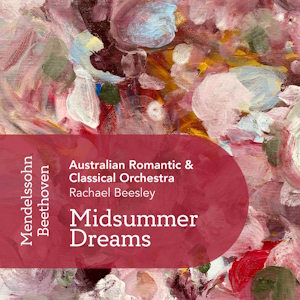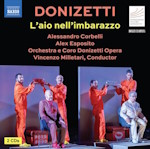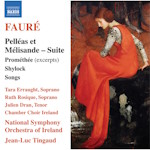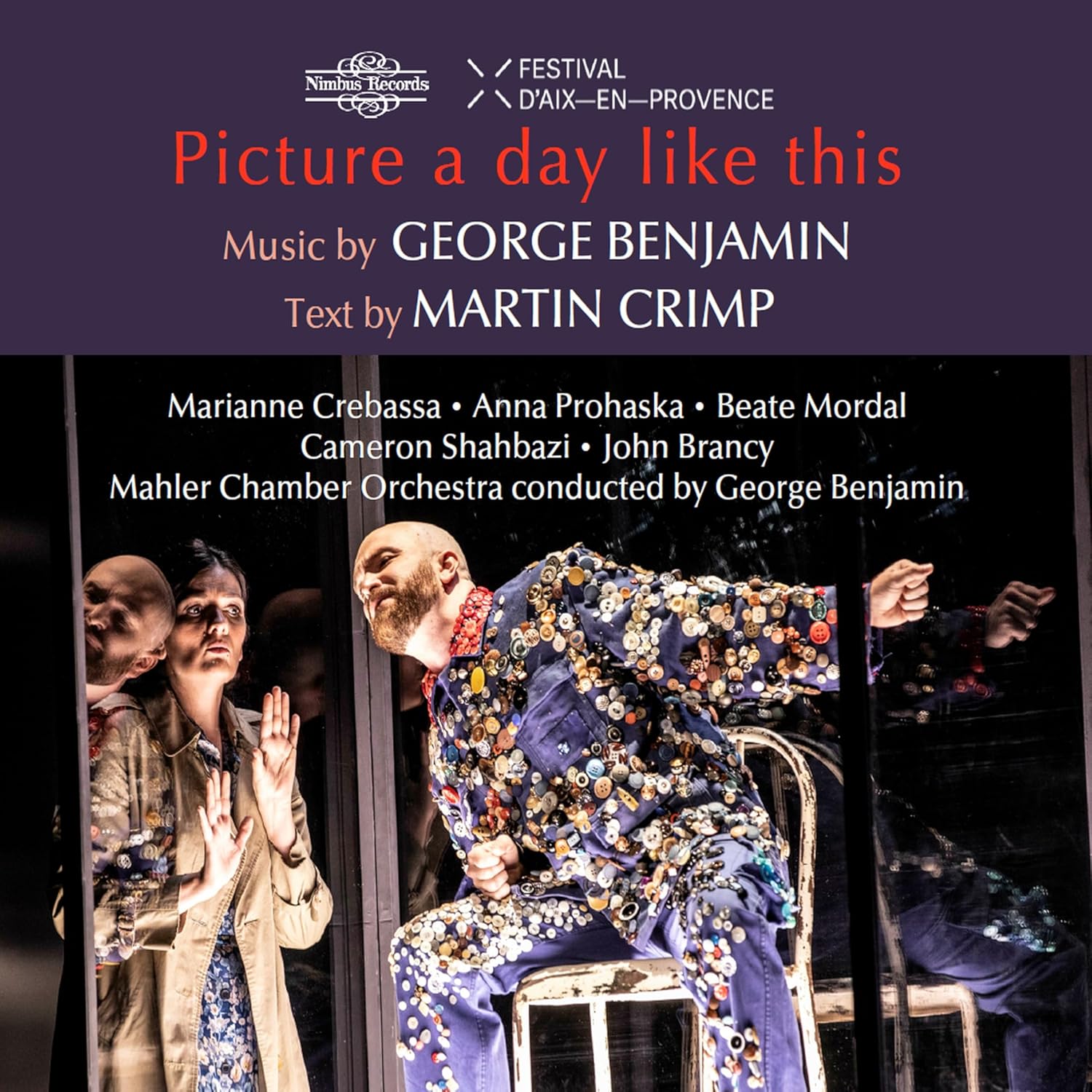
Midsummer Dreams
Felix Mendelssohn (1809-1847)
A Midsummer Night’s Dream Overture
Ludwig van Beethoven (1770-1827)
Symphony No. 8 in F major
Felix Mendelssohn
Symphony No. 3 in A minor “Scottish” (1843 version)
Australian Romantic & Classical Orchestra/Rachael Beesley
rec. live, 8 August 2023, The Concourse, Sydney, Australia
Reviewed as lossless download
ARCO 004 [76]
The Australian Romantic & Classical Orchestra (ARCO) is a relatively new orchestra on the Australian scene, founded in 2012 by prominent musical educator, the late Richard Gill. It was founded on the principles of historically informed practice, so those allergic to gut strings, limited/no vibrato, natural horns and tempos rather different to “normal” can stop reading now as ARCO’s version of HIP is certainly not a “watered down” one. I’m not a devotee of HIP, nor adverse to it; I am happy to be convinced (or otherwise) by the performances and the sound.
Is there a better piece of music by a teenager than Mendelssohn’s Overture to A Midsummer Night’s Dream? I’ve not heard a HIP version of it before and the different balance between the smaller string section and the older design wind and brass makes for a quite different listening experience: the textures more transparent, the overall sound considerably rawer. The tempo is relatively slow; at 12:51, it is the slowest of a quick sample of a dozen or so recordings I checked on the Naxos Music Library. While it doesn’t sound slow as much as unhurried, there are occasions when the strings are more trotting than the scurrying I tend to associate with Mendelssohn. It is certainly not the bull-at-a-gate “everything fast” approach that I used to associate with the more extreme end of the HIP spectrum.
Beethoven’s Eighth Symphony is mid-table on the league ladder of my favourite Beethoven symphonies, and it is some time since I’ve listened to it. Even so, the opening movement took me rather by surprise, with its pauses and slowdowns not what I remembered. I went back to my references (Harnoncourt/COE & Mackerras/SCO) and they confirmed how different ARCO’s approach was. Conductor and orchestra co-director Rachael Beesley writes in the booklet that the approach to the scores has been informed by research into “postures, gestures and rhetorical declamation of early 19th century actors and singers”. There is a quote from Weber which provides contemporary evidence that orchestral performances of the era did take into account the “undulation to the meter” that singing inevitably creates. This “undulation” is quite noticeable in all three pieces, but especially the Beethoven. Of the other movements, the crispness of the scherzo is very effective, but the minuet seems too quick, while the final movement has some of the characteristics of the first. I am certainly not in a position to disagree with their thinking, but I can’t say that its implementation in the Beethoven worked for me.
With any new recording of Mendelssohn’s Scottish Symphony (my favourite of his five), I always go straight to the start of the Allegro maestoso assai coda that closes the final movement; I think it is one of Mendelssohn’s most inspiring creations. The score specifies a pause between the two sections, but some conductors plough straight through, and are immediately put on my naughty step. ARCO definitely pause; in fact, it is certainly the longest gap I’ve ever heard (over 3.5 seconds). When the orchestra does resume, the dominance of the brass over the strings again makes for a striking contrast to all the versions I know; my favourite being Nikolaus Harnoncourt with the COE. Unfortunately this comes with a loss of majesty. Backtracking to the start of the work, I very much enjoyed the transparency of the sound in the opening movement, though again the strings are a little undermanned. The second movement Vivace non troppo is probably the best of the nine individual tracks on the recording; it has everything I want to hear in Mendelssohn, and surprisingly the strings are not overwhelmed here. I would have liked a little more warmth and pathos in the Adagio but its tempo seems about right. Of the three works presented here, the Scottish is the most successful, and I will definitely revisit it on occasion as an interesting alternative vision to my favourites.
Photographs and videos of the orchestra in concert show around 20 strings, but their sound is smaller than that, the overall soundworld dominated by the brass and timpani. Whether that is due to the gut strings or the recording mix, I don’t know, but I suspect it is a bit of both. The sound quality is very good and you wouldn’t know that it was recorded in front of an audience, until after the Scottish finishes, when there is a short period of enthusiastic applause. The booklet notes are very good, with an excellent essay about the period as the Classical era moved into the Romantic.
I find myself in two minds about this recording. The strict HIP approach was an initial “shock to the system” but repeated listens allowed me to adjust, if not be entirely won over. The two Mendelssohn works are qualified successes – I would still like more oomph in the strings – but I couldn’t come around to the Beethoven.
David Barker
Availability: ARCO

















